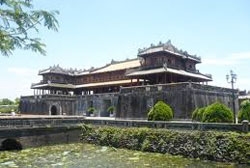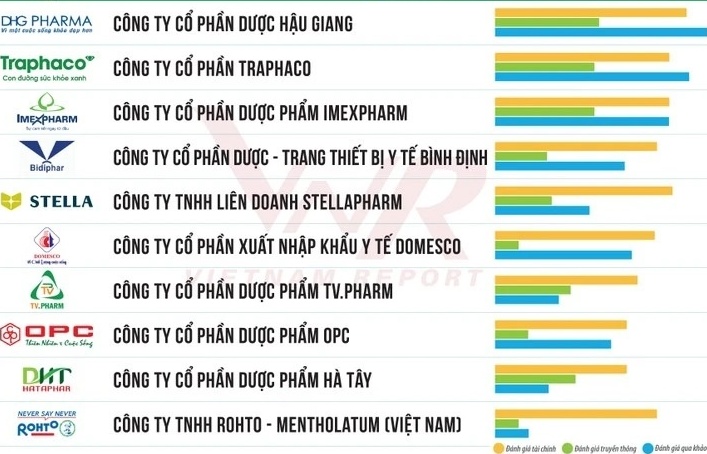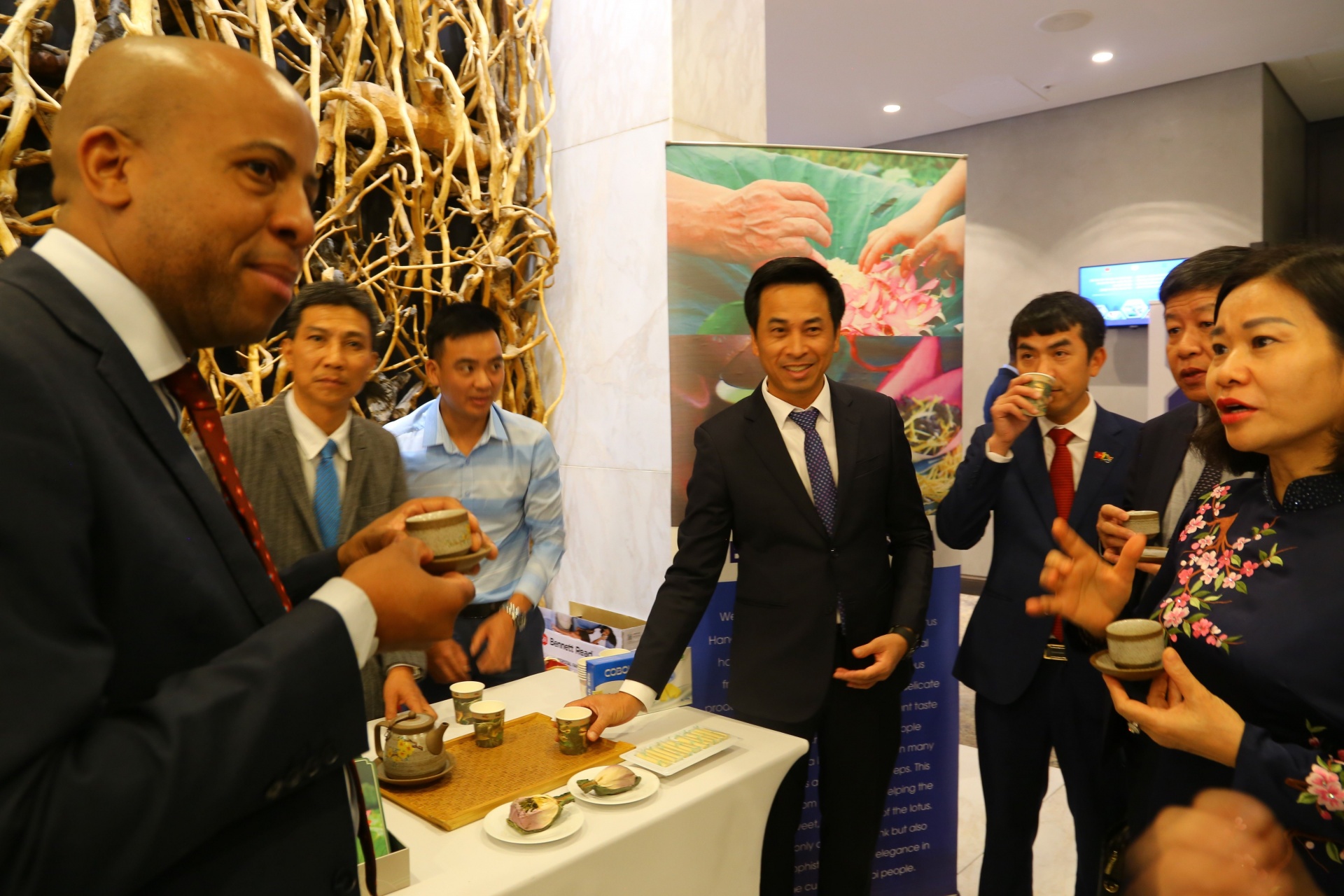Hue Palace gets royal restoration treatment
 |
| illustration photo |
Restoration work is currently being carried out on Buu Thanh Gate and screens around King Tu Duc's tomb.
The German foreign ministry has commissioned experts from the German Conservation, Restoration and Education Project (GCREP) to renovate six murals dating from the Nguyen Dynasty in the lobby of An Dinh Palace.
The artwork is magnificent, but heavily damaged. Before attempting to restore the murals, team leader Andreas Teufel sent samples back to Germany for chemical analysis.
The team are using traditional mortar made from molasses, lime and sand to restore the works. Teufel said the restored parts of the palace will be indistinguishable from the original work.
"Previous restorers tried to preserve the original works but they didn't know how to do it properly and didn't have access to modern technology," she said.
"That was why relics at the site have largely been left unrestored. The work they did was far from perfect and bore little resemblance to the original. People in the past used different painting techniques. The Vietnamese restorers used modern pigments and techniques," she said.
"I discovered that the original painting technique was similar to that used in Italy ."
The German restorers have used traditional pigments, which are applied to the wet mortar. The colour will be fixed when the mortar dries. Bacteria will grow on the walls during the drying process, which helps to make the artwork more durable.
The restoration work is in keeping with UNESCO's 1964 Charter.
According to Phan Thanh Hai, vice director of the Centre for Restoration of Hue Relics, the techniques used to restore the palace would be applied to other sites.
What the stars mean:
★ Poor ★ ★ Promising ★★★ Good ★★★★ Very good ★★★★★ Exceptional
Latest News
More News
- Logistics promise for foreign investors (October 17, 2024 | 16:02)
- Ensuring technological progress in northern midlands and mountainous regions (October 10, 2024 | 09:00)
- Manufacturing production suffers after Typhoon Yagi (October 01, 2024 | 17:11)
- Vietnam’s economy on track for 6.5 per cent growth despite Typhoon Yagi, says HSBC (October 01, 2024 | 16:46)
- Vietnam urges China to expand market access for agricultural products and strengthen trade ties (October 01, 2024 | 16:42)
- IMF predicts Vietnam's economic growth to reach 6.1 per cent in 2024 (September 30, 2024 | 18:26)
- Deli Group breaks ground on $270 million factory in Hai Duong (September 30, 2024 | 18:17)
- Government considering tax on multiple properties (September 27, 2024 | 20:17)
- Accuracy more vital than ever in dawn of AI (September 26, 2024 | 20:44)
- Vietnam remains attractive destination for US businesses (September 26, 2024 | 20:23)




















 Mobile Version
Mobile Version